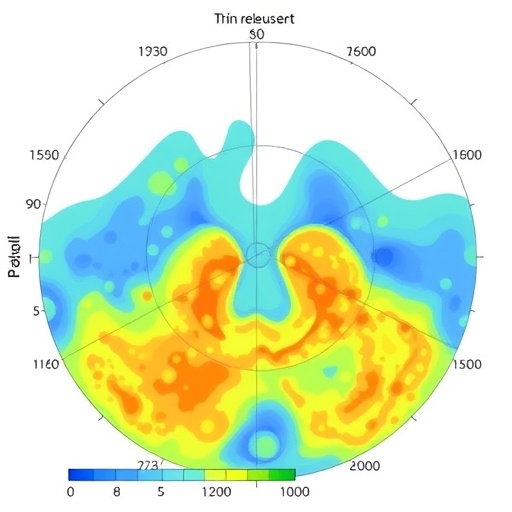ATLANTA — Prostate cancer incidence and mortality rates are decreasing or stabilizing in most parts of the world, with the United States recording the biggest drop in incidence, according to results presented at the AACR Annual Meeting 2019, March 29-April 3.
Despite the trend toward declining or stabilizing rates, prostate cancer remains the second most commonly diagnosed cancer and the sixth leading cause of cancer death among men worldwide, said the study’s lead author, MaryBeth Freeman, MPH, senior associate scientist, Surveillance Research, at the American Cancer Society in Atlanta.
“Previous studies have indicated significant variation in prostate cancer rates, due to factors including detection practices, availability of treatment, and genetic factors,” Freeman said. “By comparing rates from different countries, we can assess differences in detection practices and improvements in treatment.”
Researchers examined prostate cancer incidence and mortality patterns across five continents using the most recent cancer incidence data from the International Agency for Research on Cancer and mortality data from the World Health Organization. They examined long-term trends, from 1980 through 2012, for 38 countries that provided “high-quality” data (information assessed as accurate, timely, and complete) and short-term trends for 44 countries with available incidence data and 71 countries with available mortality data. The short-term data encompassed a five-year period that varied slightly among nations, but most often reflected 2008-2012.
Of the 44 countries examined for incidence data, prostate cancer rates during the most recent five-year period increased in four countries, with Bulgaria showing the largest increase. Rates decreased in seven countries, with the United States showing the largest decrease. Rates stabilized in the remaining 33 countries.
Among the 71 countries analyzed for mortality rates, rates decreased in 14 countries, increased in three countries, and remained stable in 54 countries.
Globally, as of 2012, prostate cancer was the most commonly diagnosed cancer among men in 96 countries and the leading cause of death in 51 countries.
Other findings:
– The highest incidence rates in the most recent five-year period were found in Brazil, Lithuania, and Australia.
– The lowest incidence rates in the most recent five-year period were found in India, Thailand, and Bahrain.
– The highest mortality rates in the most recent five-year period were found in the Caribbean, specifically Barbados, Trinidad and Tobago, and Cuba; South Africa; Lithuania; Estonia; and Latvia.
– The lowest mortality rates in the most recent five-year period were found in Thailand and Turkmenistan.
Freeman said she and colleagues were surprised and pleased to see that so many nations have achieved stability in prostate cancer rates, meaning that rates have not increased during the period examined. In coming years, she said, global health experts would hope for more nations to move from stability toward decreasing incidence and mortality rates.
Freeman said the study confirmed the impact of prostate-specific antigen (PSA) screening. She explained that in the United States, prostate cancer incidence rates increased from the 1980s to the early 1990s, then declined from the mid-2000s through 2015, largely due to increased use of PSA screening. This type of screening is less available in lower-income nations, contributing to diagnosis at later stages and higher mortality rates, Freeman said.
Freeman pointed out that some nations plan to scale back recommendations for PSA screening, as it is believed to lead to diagnosis and possible overtreatment of prostate cancer cases that would never become symptomatic.
“Overall, patients should be having an informed discussion with their providers about the benefits and harms of PSA testing for detection of prostate cancer,” she said. “Future studies should monitor trends in mortality rates and late-stage disease to assess the impact of reduction in PSA testing in several countries.”
Freeman said one limitation of the study is the variability in data among different countries. For example, some countries may have only collected data from certain geographic areas, whereas others may have collected data from the whole nation. However, she added that the breadth of data in this study allowed researchers to draw a comprehensive portrait of prostate cancer incidence and mortality around the world.
###
This study was funded by the American Cancer Society. Freeman declares no conflicts of interest.
Media Contact
Julia Gunther
[email protected]




